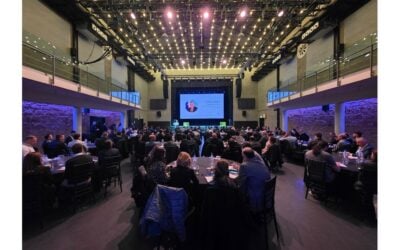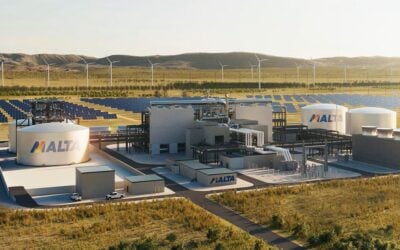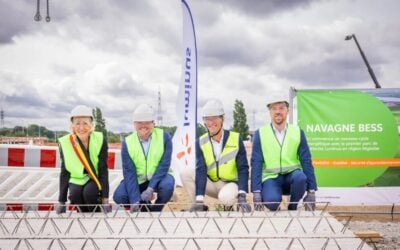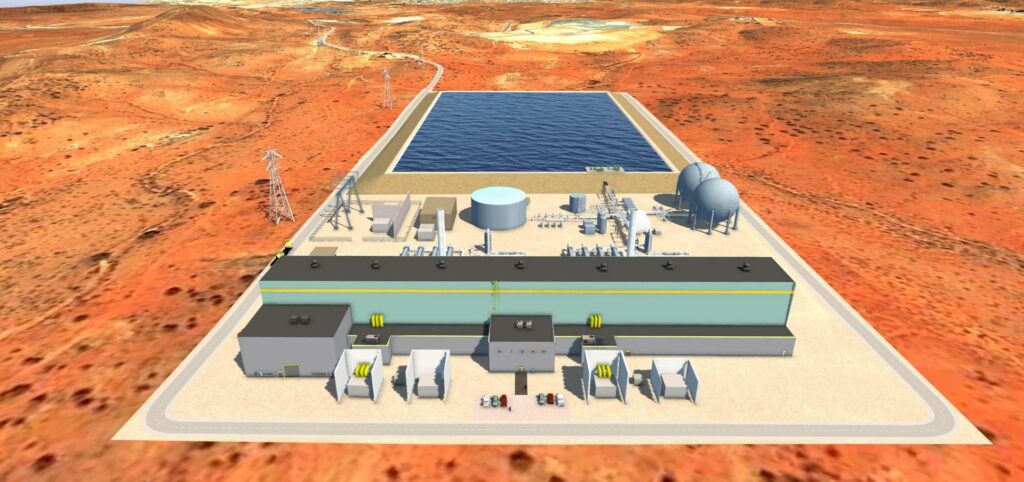
An advanced compressed air energy storage has been selected as the preferred option for creating backup energy supply to Broken Hill, a city in rural New South Wales, Australia.
Transmission network operator Transgrid evaluated various energy storage project proposals for Broken Hill which would provide the highest net benefit to the local area and increase the ability to integrate renewable energy into its networks.
Enjoy 12 months of exclusive analysis
- Regular insight and analysis of the industry’s biggest developments
- In-depth interviews with the industry’s leading figures
- Annual digital subscription to the PV Tech Power journal
- Discounts on Solar Media’s portfolio of events, in-person and virtual
Hydrostor, a Canadian company with a proprietary advanced compressed air energy storage (A-CAES) technology, said yesterday that its proposed 200MW/1,500MWh Silver City Energy Storage Center project was identified by Transgrid in a new Project Assessment Conclusions Report as the best-placed.
The long-duration energy storage (LDES) system would be capable of dispatching stored energy to the grid to participate in the National Electricity Market (NEM) and help the region’s capacity-constrained network free up space for more renewables.
Transgrid executive general manager of networks Marie Jordan said the Hydrostor project is the high-voltage transmission network operator’s “preferred long-term solution… in the long-term interests of electricity customers”.
“As we continue the transition to renewable energy, we must prioritise clean energy solutions, which support the nation’s goal of decarbonisation and its leadership in the renewable technology sector,” Jordan said.
Broken Hill is a historic mining region in the western outback of New South Wales (NSW). Lately it has become host to a number of utility-scale solar PV and wind energy facilities and a 50MW battery energy storage system (BESS) is currently under construction.
The city is running diesel generators to provide reliable and peaking capacity that are mostly about 40 years old and coming to the end of their life, Hydrostor CEO Curtis Van Walleghem said in an interview with Energy-Storage.news at the beginning of this year.
Transgrid didn’t want to replace those generators with more fossil fuels, so began efforts to find a cleaner alternative. Hydrostor’s Silver City project has already been awarded a transmission reliability contract by the system operator, while the energy storage company wants to ‘stack’ that revenue stream with money earned in the NEM and with further off-taker deals, potentially with local government and energy traders.
Hydrostor believes the project can be completed and up and running by 2025, or sooner, the CEO said.
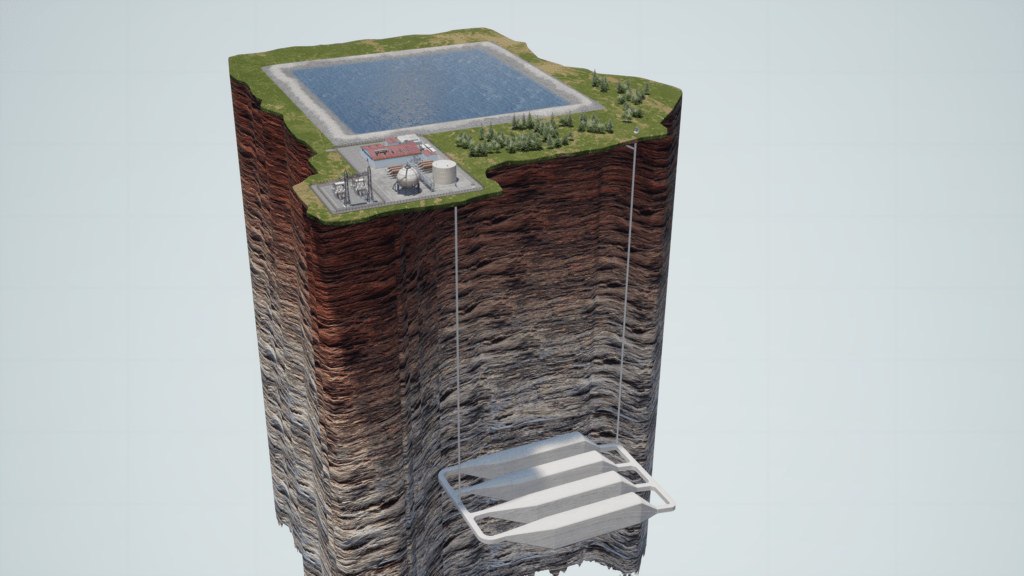
While Hydrostor has just one project in commercial operation so far, a 2.2MW system with about five hours storage duration, in Ontario, Canada, it is developing large-scale projects in California and in Broken Hill that add up to 1.1GW/8.7GWh.
CEO Van Walleghem said the company can simply provide technology for customers, or as in the case of Broken Hill and its two California projects, can also seek out opportunities for projects and enter the development process itself.
The Hydrostor technology is called ‘advanced’ compressed air because it makes some notable improvements on compressed air energy storage which has been in operation at two sites totalling 400MW in the US and Germany for many years.
The main one is that unlike conventional compressed air, A-CAES doesn’t require air to be pre-heated using fossil fuel generators to be expanded. Instead it uses what the CEO calls “a very simple and reliable thermal management system,” that stores heat created when compressing the air by heating water and then using the hot water in the later step of expanding the air. This increases the efficiency by about 25% versus other compressed air solutions: from about 40% to about 65% round-trip efficiency.
The company also claims that unlike pumped hydro energy storage (PHES), A-CAES is relatively easy to site and construct, requiring far less space and water, while geoengineering is largely limited to underground cavern tunnelling.
Hydrostor has received a US$250 million investment commitment from Goldman Sachs Asset Management which was announced in January and a more recent US$25 million investment from institutional investor Canada Pension Plan Investment Board (CPP).



